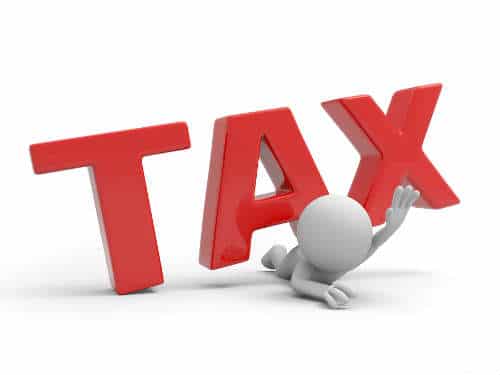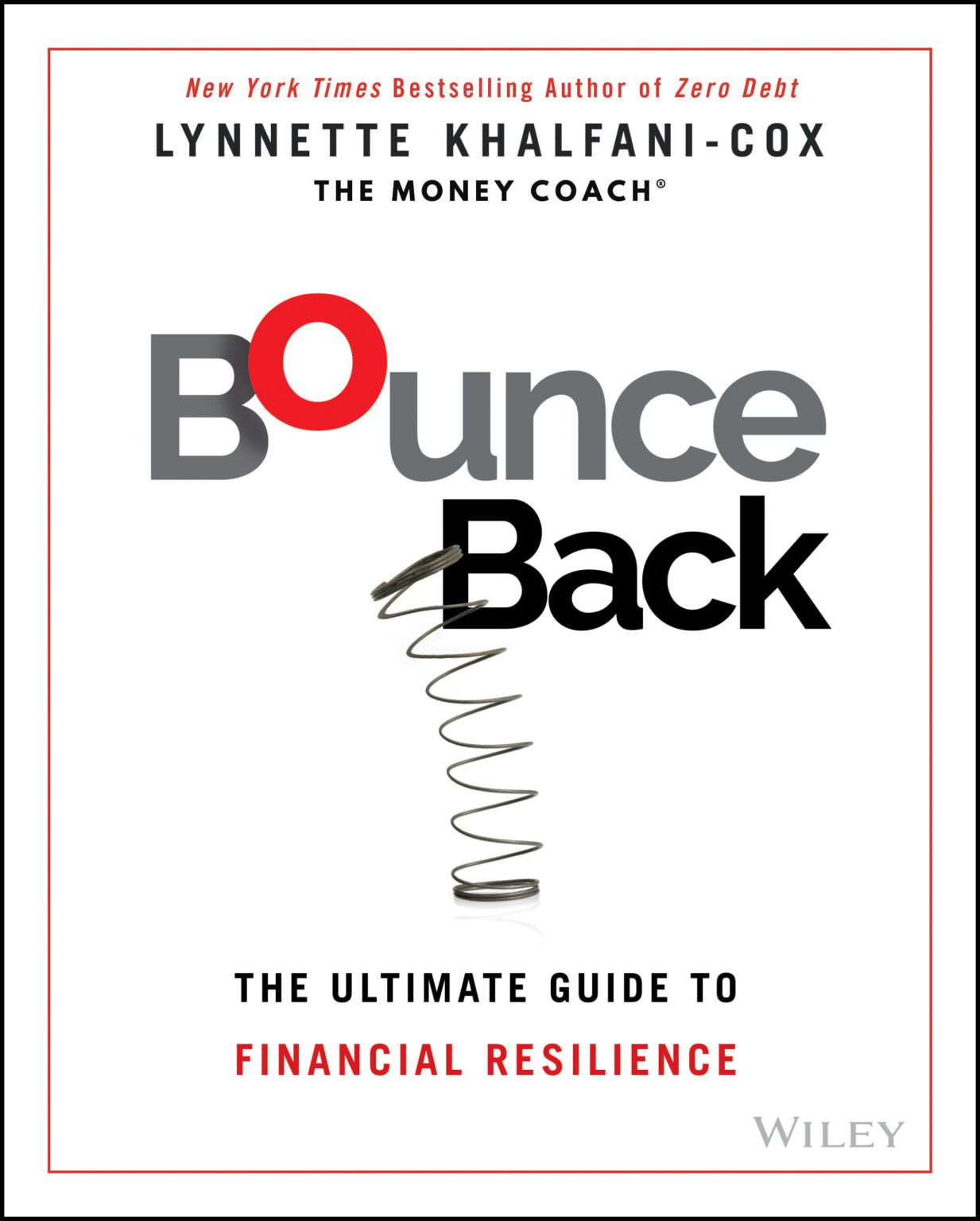In terms of your financial future, your past credit mishaps can hold you back from opportunities that credit can offer.
On your credit report, there a few things worse to appear than a tax lien (paid or outstanding) from the IRS.
Typically, paid tax liens will remain on your credit history for seven years after they were filed; unpaid tax liens can remain indefinitely (or until credit bureaus decide they’re no longer relevant).
While these can be a huge financial obstacle, did you know that you can have your tax liens removed quickly and completely?
If this comes as a relief to you, consider yourself at an advantage, as most people aren’t aware of this. In this article, we’ll take a look at the steps you can take to get a tax lien removed and restore your credit history to a spotless state.
What is a Tax Lien?
An unpaid tax debt to the IRS can result in them taking action by claiming your property (known as a “levy”), as well as filing a Notice of Federal Tax Lien (NTFL) that lets your current and future creditors become aware of your inability to pay within a certain period.
If your tax debt exceeds $10,000, the IRS automatically files a NTFL against you. Credit bureaus that base their scoring models (ie. FICO) on credit mishaps tend to view tax liens very negatively, being considered very similar to filing for bankruptcy.
Luckily, the IRS offers a few steps to resolve paid-off tax liens via their Fresh Start Program.
Step 1: Determine If You Qualify for Lien Withdrawal
The first step to removing your tax lien is to determine if you qualify by the IRS’s standards. These standards include:
- You’ve paid your entire tax liability and your lien has been released;
- Your tax returns (individual, business, and/or information) have been adequately filed for the past three years;
- You are up-to-date on your estimated tax payments and federal tax deposits (if applicable).
- You don’t have to necessarily have these paid off in full to qualify; if you owe $25k or less AND have entered into a direct debit installment agreement, you may still be eligible.
- In addition, you must have made 3 direct debit installment agreement payments and you must not have defaulted on a previous installment agreement.
These are not the only requirements, so be sure to refer to a financial professional or consult the IRS list of qualifications to determine if you are eligible.
Step 2: Complete IRS Form 12277
Begin by filling out IRS Form 12277, Application for Withdrawal of Filed Form 668(Y) and mail the completed from via certified mail to your local IRS office, which can be found on IRS publication 4235.
The submission of this form notifies the IRS for your request to withdraw the original tax lien. To help accelerate your application process, try to locate the Form 668(Y) you were sent by the IRS to notify you of the original tax lien. However, it is not necessary to find the original Form 668(Y) to complete Form 12277.
On question #11, be sure to select the option that reads:
“The taxpayer, or the Taxpayer Advocate acting on behalf of the taxpayer, believes withdrawal is in the best interest of the taxpayer and the government.”
For question #12, write the words “Fresh Start Program” into the blank provided.
Step 3: Wait for Approval
The process for approval from the IRS can take between 30 – 45 days. You will receive a written notice in the mail that the IRS has notified the court house where your original lien was filed, requesting a withdrawal.
Step 4: Notify Credit Reporting Agencies
If your request is approved by the IRS, you will be informed of their decision at the recording office (where you submitted your Form 12277). Typically, the IRS then files Form 10916(c), Withdrawal of Filed Notice of Federal Tax Lien, and will provide you with a copy of the form for your records.
After being approved, you can then ask the IRS to notify the credit reporting agencies (Equifax, Experian, or TransUnion) of their withdrawal of the lien, or you can notify them yourself on their respective websites.
Those companies will in turn contact the court house to determine if the information about your pre-existing lien is still accurate (it shouldn’t be). Once your requests to each credit agency is processed, the lien will no longer appear on your credit report and score as if the lien had never existed in the first place.
Step 5: Confirming the Tax Lien Removal
After contacting each credit agency, be sure to collect each notification of how your dispute turned out; if the lien wasn’t removed, file a second dispute in writing along with a copy of your Form 10916(c) to ensure that the slate is wiped clean.
Taking action to clean up your credit history is one of the first steps to getting back on financial track, so you owe it to yourself to work with the IRS as soon as possible. Removing negative items like tax liens often causes an improvement to your credit score, but not always.
Remember that removing older liens may have little to no effect on your credit immediately, but can be helpful when applying for a mortgage. You still have to actively establish positive credit references to bring your score up, with those efforts not being hindered by past mistakes.
For more information related to removing a paid tax lien from your credit report, refer to the IRS’s guide on their Fresh Start Program.








